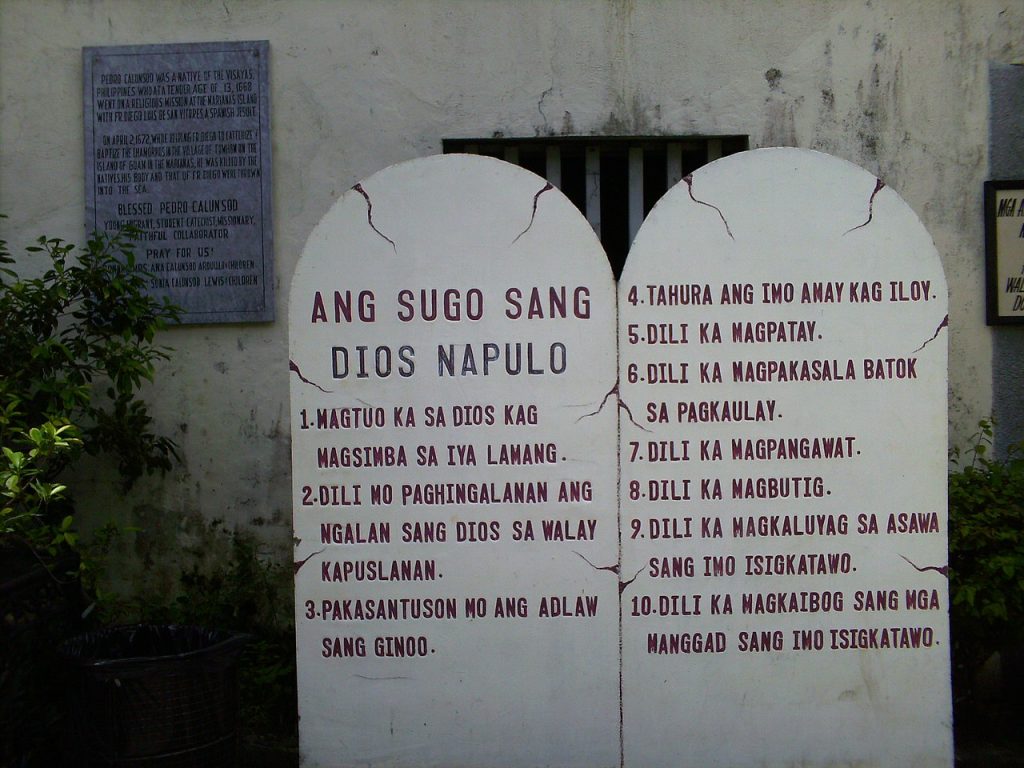Hiligaynon, also known as Ilonggo, is a Philippine language spoken by millions of people in the Western Visayas region of the Philippines, particularly in the provinces of Iloilo, Negros Occidental, Capiz, and Antique. Hiligaynon is a member of the Malayo-Polynesian language family, and it is closely related to other Visayan languages, such as Cebuano, Waray, and Kinaray-a.
Hiligaynon has a rich and diverse vocabulary, with many loanwords from Spanish, English, and other languages. The language has a distinct phonology, with a unique set of consonants and vowels, and a complex system of stress and intonation. The language also has a rich and expressive grammar, with complex verb forms and noun inflections, and a wide range of sentence structures and discourse patterns.

Hiligaynon is used as the primary language of communication in many domains, such as education, government, media, and commerce. The language is used in schools, universities, and other educational institutions, as well as in government offices, courts, and other public services. The language is also used in the media, such as radio, television, and print, and in the business sector, such as advertising, banking, and tourism.
Hiligaynon is also an important part of the cultural heritage of the Western Visayas region. The language is used in many traditional and folkloric forms of expression, such as music, dance, and storytelling, and it is an essential element of the region’s cultural identity. The language is also used in many contemporary and popular forms of expression, such as literature, theater, and film, and it is a source of pride and inspiration for the people of the region.
Hiligaynon is a rich and dynamic language that plays a vital role in the lives of millions of people in the Western Visayas region of the Philippines. The language is an important part of the region’s history, culture, and identity, and it continues to evolve and thrive in the modern world.




leave your comment